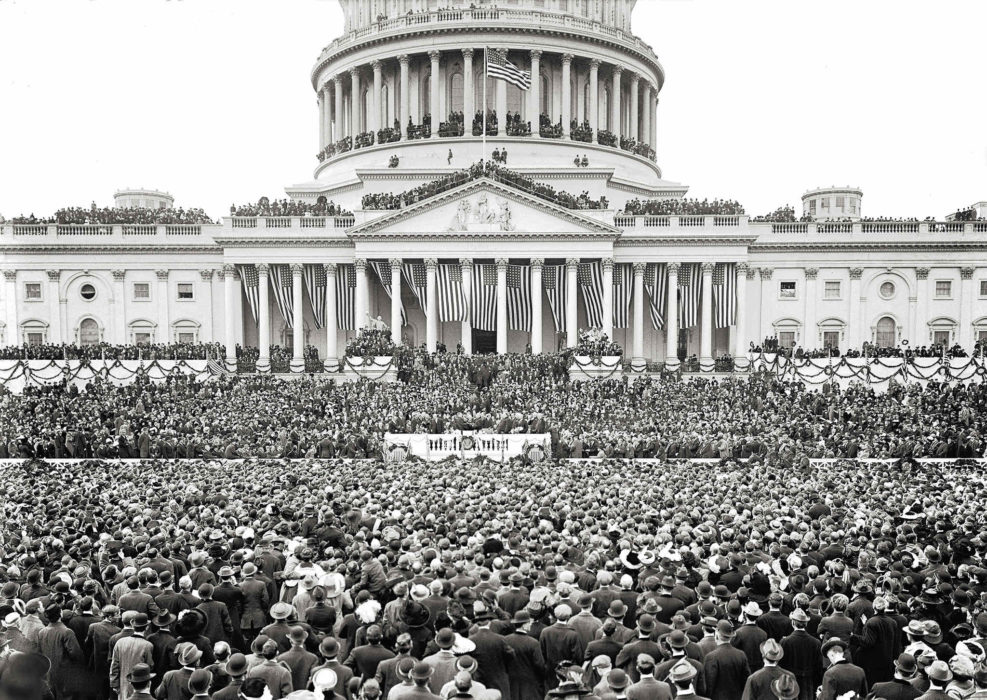IN NEW YORK, LOCAL news stories of ‘Abdu’l-Bahá’s arrival had quickly drawn invitations and interview requests from peace advocates, clergymen such as Percy Stickney Grant, and artists like Kahlil Gibran. But when he arrived in Washington, DC, on April 20, 1912, high society and the government circles of the capital reached out to receive him..
The entrée to this elite social milieu — a world of formal dinners, balls, and diplomatic affairs ruled by strict Washington protocol — was provided by a few Washington Bahá’ís who moved in these circles. Laura Dreyfus-Barney came from the artistic Barney family of Dupont Circle. “The Barneys are the best-known people in social Washington,” wrote the New York Times in a 1910 magazine profile on the three Barney women, “and that is a unique distinction unappreciated by those who are condemned to a life outside the National capital.”
Agnes Parsons also lived near Dupont Circle, with her husband Arthur, a senior librarian at the Library of Congress, and her younger son, Jeffrey. The Parsons were wealthy and well connected: they had many prominent friends and moved in the upper echelon of Washington society.
Agnes had been a Christian Scientist, but had become a Bahá’í in 1908. Then, in 1910 — after the Young Turks Revolution had freed all political prisoners in the Ottoman Empire — she traveled to Palestine to meet ‘Abdu’l-Bahá. The Parsons were building their new home, a Georgian mansion at the corner of 18th and R Streets, and Agnes extracted a promise from ‘Abdu’l-Bahá that he would stay with them when he came to Washington.

Every afternoon at 5 p.m., members of Washington’s elite sought out ‘Abdu’l-Bahá at the Parsons’s home: members of the House of Representatives, of the Senate, and of the Cabinet; Justices of the Supreme Court; officials of foreign embassies; and men of science such as Alexander Graham Bell and Admiral Robert Peary.
Agnes had built a large, bright ballroom to the left of the front door especially for this purpose. It was twenty-five feet wide by fifty feet long, decorated in white with yellow silk curtains, and it seated 150 people. Carved garlands blanketed the ceiling, the paneled walls, and the high mantel at one end of the room. ‘Abdu’l-Bahá spoke from a platform in front of the mantel, behind a bank of American Beauty roses that were delivered fresh every day. As the days passed, the crowds grew bigger.
Yet ‘Abdu’l-Bahá didn’t come to Washington simply to meet the nation’s wealthy and powerful. He also intended to assail America’s biggest taboo – the issue of race.






